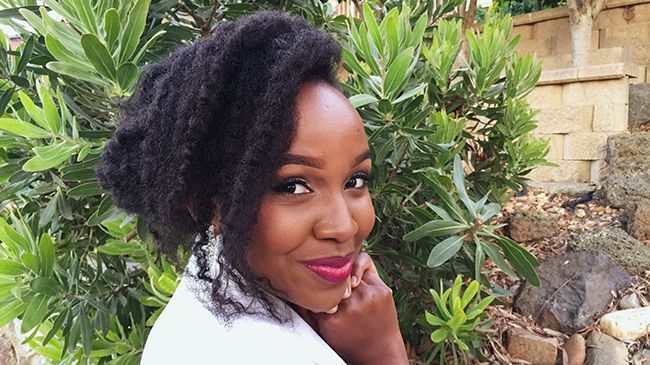With hundreds of hair companies now in the market, choosing the right products to match your hair’s needs can be like looking for that one last hair tie you thought you had – desperate and tedious! Many of us simply go off on a limb and hope for the best. We might opt for products that are promoted by our favorite hair bloggers or opt for do-it-yourself recipes till we find suitable store-bought products. If either of those are you, here’s a few tips that have helped me identify the right products for my hair:
Start with your hair’s needs
Hair products are intended to match your hair’s needs. Before you cash in on your products, take some time to assess the state of your hair. Does it feel dry or stiff? Do you have split ends? Do you have bald spots and sensitive patches? If your hair is feeling dry and your scalp is flaking, you may opt for moisturizing products. If your hair breaks easily or is easily bent out of shape after wash day, you might need protein-packed products. Remember, hair products are formulated differently to match the needs of our hair.
Don’t believe the hype
The natural hair community is full of reviews on hair products. Once in a while there are rave reviews of a product that claims to work wonders on our hair. I remember one such a couple of years ago that had 6000mg of biotin, placenta, and beetroot juice. This product was meant to melt away tangles and maximize moisture, but after the hype died down, some other concoction was in vogue. Lesson learned: don’t believe the hype all the time!
Find out what’s in the jar
Your products’ formulations are the foundational factors that will determine their effectiveness. You want to ensure that your product’s first ingredient is water/aqua. Other ingredients such as aloe vera juice or deionized water are great as well, and they may be listed first. For protein-packed products, you’ll see ingredients such as hydrolyzed wheat, oat, keratin, and silk protein. For moisturizing products, you’ll see ingredients such as glycerin, glyceryl stearate, propylene glycol, sodium lactate, sodium PCA, acetyl alcohol, stearyl alcohol, and cetearyl alcohol.
However, if you see ingredients that are largely illegible or that contain a whole bunch of numbers like Red17 or Methoxoziedalialsiealliied (okay, I just made that up”>, you can rest assured that your product of choice will probably do you little good.
Try out samples and do your research
If you can try out a product before you purchase it, please do so. If you can’t access a product, Google it. There might be a review online on it. It’s great to hear what others think of a product before you spend your hard earned cash on it. If you can’t find a review, by all means Google the ingredients. Find out what each one actually does for your hair, so that you know what to expect.
Make it work for you
The natural hair community is full of information. There’s many different ways to style and treat your hair. One person’s Holy Grail recipe might not work for you. This means that you need to try things out for yourself. There isn’t a single formula to natural hair. If you want to add extra ingredients such as honey and aloe vera juice to your hair mix, by all means do so. Having natural hair is about learning what works for you. You may gather lots of information online, like you’re doing now, but in order to have your best head of hair, you must be your own hair specialist.
What steps do you take to ensure you are choosing the right products for your hair?

